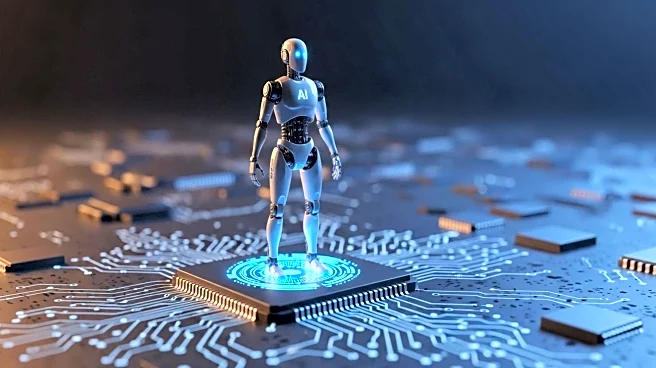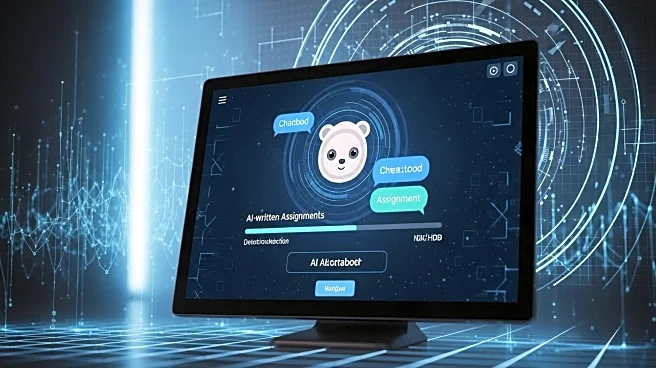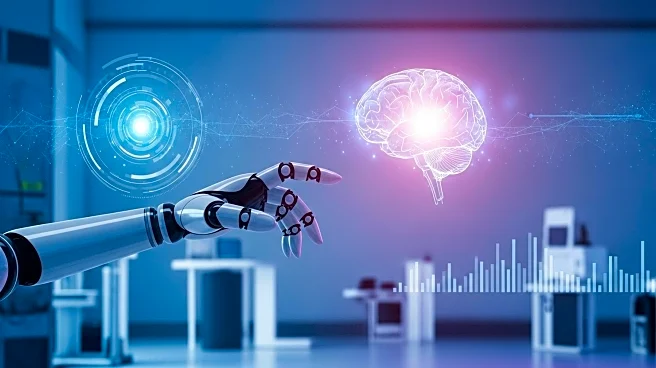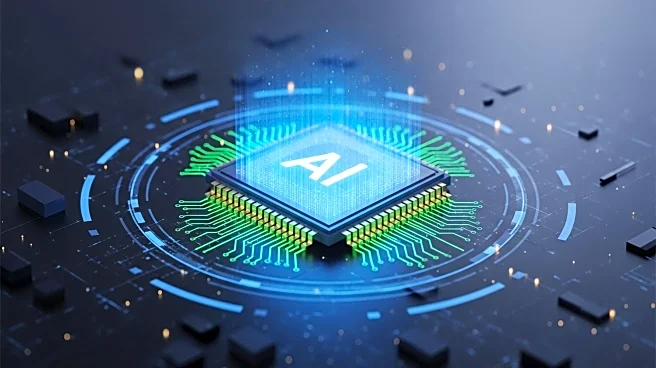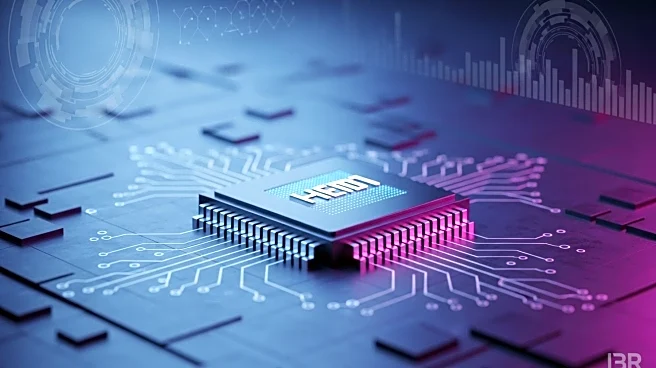What's Happening?
The use of artificial intelligence in K-12 classrooms is rapidly increasing, with 85% of teachers and 86% of students using AI in the 2024-25 school year. A report by the Center for Democracy and Technology highlights concerns about AI's negative effects on students, such as reduced teacher-student connections and weakened critical thinking skills. The report also warns of risks like data breaches and tech-fueled harassment. Despite these concerns, AI is being used for curriculum development, student engagement, and grading. However, many teachers and students lack adequate training on AI use, which is crucial for maximizing benefits and minimizing risks.
Why It's Important?
The widespread adoption of AI in education has significant implications for teaching and learning. While AI can enhance educational efficiency and personalization, it also poses risks to student privacy and learning quality. The lack of comprehensive training for teachers and students exacerbates these risks, potentially leading to misuse and negative outcomes. Addressing these challenges is essential to ensure that AI contributes positively to education. Policymakers and educational leaders must prioritize AI literacy and develop robust policies to safeguard students while leveraging AI's potential to improve educational outcomes.
What's Next?
Schools and districts need to invest in professional development for teachers and AI literacy programs for students to address the challenges posed by AI. This includes providing comprehensive training on AI tools and their effective use. Additionally, educational institutions must develop policies to protect student data and ensure ethical AI use. Collaboration with technology companies and educational organizations can facilitate access to resources and training. As AI continues to evolve, ongoing evaluation and adaptation of educational practices will be necessary to balance innovation with student well-being.

